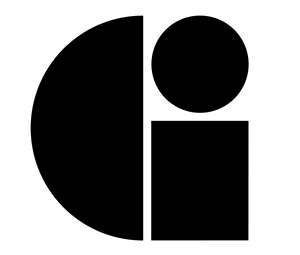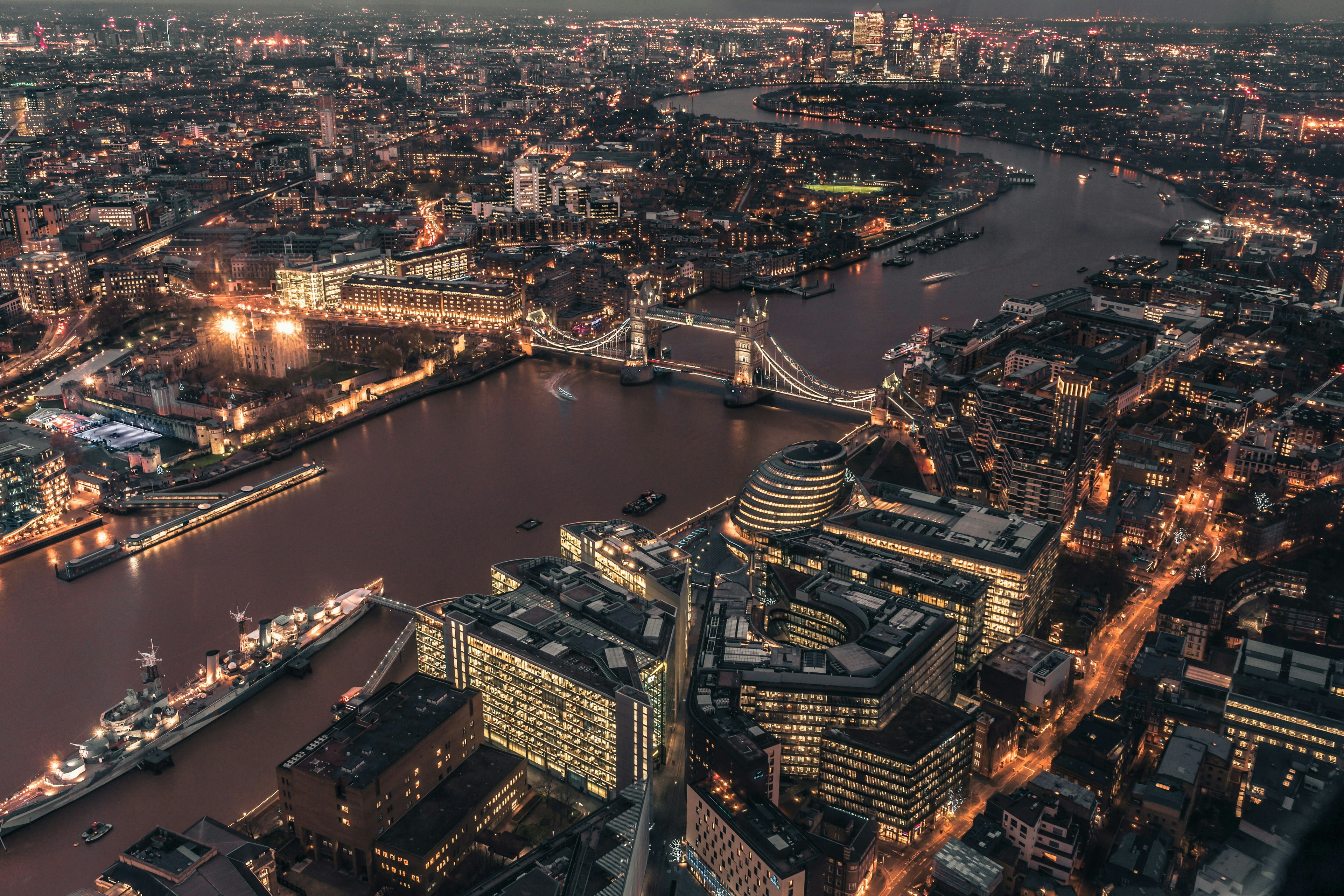
Is your multi-agency approach costing you? 7 benefits of integrated advertising agencies
Is your multi-agency approach costing you? 7 benefits of integrated advertising agencies
Agency News

March 7, 2024
Link copied!
In marketing today, the term "full-service" has become entangled in a web of confusion. It used to mean one larger traditional agency could handle all your advertising needs, but with the proliferation of specialised agencies, things have become more complicated. Technology is evolving faster than most people can keep up with, video is taking over our screens, influencers are ruling the social media world, and AI is sneaking its way into every service on the spectrum. There are now hyper-specialised “full-service” agencies, honing in on their own niche, whether its web development, media, or social media—the list goes on.
The lines are blurred, and brands are finding themselves wondering what they’re really signing up for. They’re hungry for results tailored to their unique needs and have begun assembling bespoke specialist agencies alongside their traditional creative or media agency, piecing together what they hope, is the perfect combination.
But integrated agencies—true full-service agencies—offer a refreshing departure from this fragmented approach. They’re not just service providers, they’re masters of collaboration and synergy, blending big-picture strategy with niche expertise for stronger outcomes. So whether you're a big brand or a business chasing growth, let's explore seven ways an integrated approach can streamline your marketing and amplify your results.
1. Effortless efficiency—save time and money
Endless meetings, clunky processes, multiple briefing rounds on one project, and a mountain of invoices—these are just some of the headaches that come with managing multiple agencies. On top of that, you also shoulder the burden of coordinating communication between them. But an integrated agency cuts through this complexity, allowing you to eliminate the juggling act, get straight to the point, and save time and stress.
Plus, let's not forget budget management. Flexibility is the name of the game when it comes to getting the most out of your marketing budget. With an integrated agency, they can pivot, find efficiencies and reallocate resources on the fly, ensuring your projects stay on track and on budget.

2. True collaboration that drives results
One of the most significant drawbacks of managing multiple agencies is the lack of deep collaboration between specialists. While specialist agencies may promise to work together, they often fall short when it comes to truly combining their efforts. At the end of the day, they're separate businesses with separate priorities. As a result, the burden of connecting all the dots typically falls back on the brand. This is where the integrated model shines. Collaboration isn't just a buzzword—it's ingrained in the agency's DNA.
3. Working in harmony—integrated services deliver value
Like cheese and wine—some pairings just work well together. The same goes for integrated advertising services. Design and technology, media and content, creative and media—these dynamic duos work hand in hand to ensure cohesion, drive the most value and performance, and alleviate the headache of disjointed projects. Also, integrated thinking and cross-disciplinary collaboration uncover new opportunities that might remain hidden within a multi-agency model.
Take design and technology, for example.
Standalone branding agencies often create stunning visual identities, but without considering how they'll translate to the digital world. Fonts aren’t web-safe, colours aren’t accessible, and while the user experience may be creative or visually appealing, it overlooks common UX patterns that underpin both user and brand experiences.
What’s more, interaction design isn’t taken into account. This means that a re-work is often needed down the line when it becomes clear that the new website it not performing, costing you time and money. But with an integrated agency, all of these factors are considered from the get-go. They’ll consider the brand touchpoints and experiences from every angle, ensuring each element harmonises perfectly to bring your brand to life.
Or, take a look at media and content.
Integrated agencies don't just create isolated media campaigns; they orchestrate interconnected experiences across various channels. Standalone media agencies might offer a great media plan across social, traditional and other digital channels, but they often operate in their own bubbles. This can lead to disjointed messaging and missed opportunities.
Integrated agencies, on the other hand, think end-to-end. They understand how to align comprehensive ATL, BTL or TTL media placements with creative execution to maximise the media investment. And more, they leverage organic content and influencer collaborations, considering what happens after these take place. For example, the optimisation of landing pages for conversion, through to email marketing journeys that can support cart abandonment or post-purchase experience.

4. Marketing that stays ahead of the curve
A true integrated agency won't be satisfied maintaining the status quo, they're geared to propel you ahead of the curve through ambitious initiatives. Unlike a mixed agency model, integrated teams offer a panoramic view of your brand and the constantly shifting marketing landscape. They have diverse expertise to connect the dots and craft innovative strategies, while continually uncovering untapped opportunities.
But it's not just about tactics.
With many experts collaborating daily under one roof, they stay up to date with trends and regularly scan the horizon for emerging technologies and shifts in consumer behaviour. What’s more, they translate that knowledge into actionable insights, ensuring your brand stays one step ahead and ready to capitalise on the next big thing.
5. Building a consistent brand experience
Consistency is key to building trust and recognition. An integrated agency can more effectively deliver a unified brand experience and style across every touchpoint, while upholding your marketing objectives. Ensuring your brand strategy is always at the forefront, fostering deeper connections with your audience.
And let's not forget about the power of storytelling. They're not just amplifying awareness or driving conversions—they're telling a more cohesive and compelling story. Creating brand moments through every medium, they captivate audiences and build brand affinity through familiar encounters.

6. The power of strategy and creative, with the team to deliver
Let’s talk about creative. Integrated agencies know branding intimately, but they also bring big creative ideas to the table. Whether it’s branding, digital experiences or campaign concepts, they craft a visual narrative that turns heads and delivers results. Further, they have an entire team of creative specialists readily available in-house. These experts work together to take the creative vision through design, UX, content and social, technology, PR and media. This ensures that strategic objectives not only come to life, but the impact of a brand’s investment is maximised.
7. Adapt and navigate change with agile marketing
In today's fast-paced world, adaptability is essential. From changing market trends to unexpected crises, you need an agency that can roll with the punches and come out swinging. With an integrated agency, you're not just getting a one-trick pony—you're getting a versatile team of experts ready to tackle any challenge that comes their way across every discipline. This built-in adaptability means you're always prepared and set-up to thrive.
You might not need every service in an integrated agency's toolbox. But imagine the power of having them all aligned and working together. Cost savings? Strategic and creative cohesion? Insightful recommendations? Those are just the tip of the iceberg.
If you’re curious about working with an integrated agency, let’s talk.
We collaborate with ambitious people and brands. Let's talk


